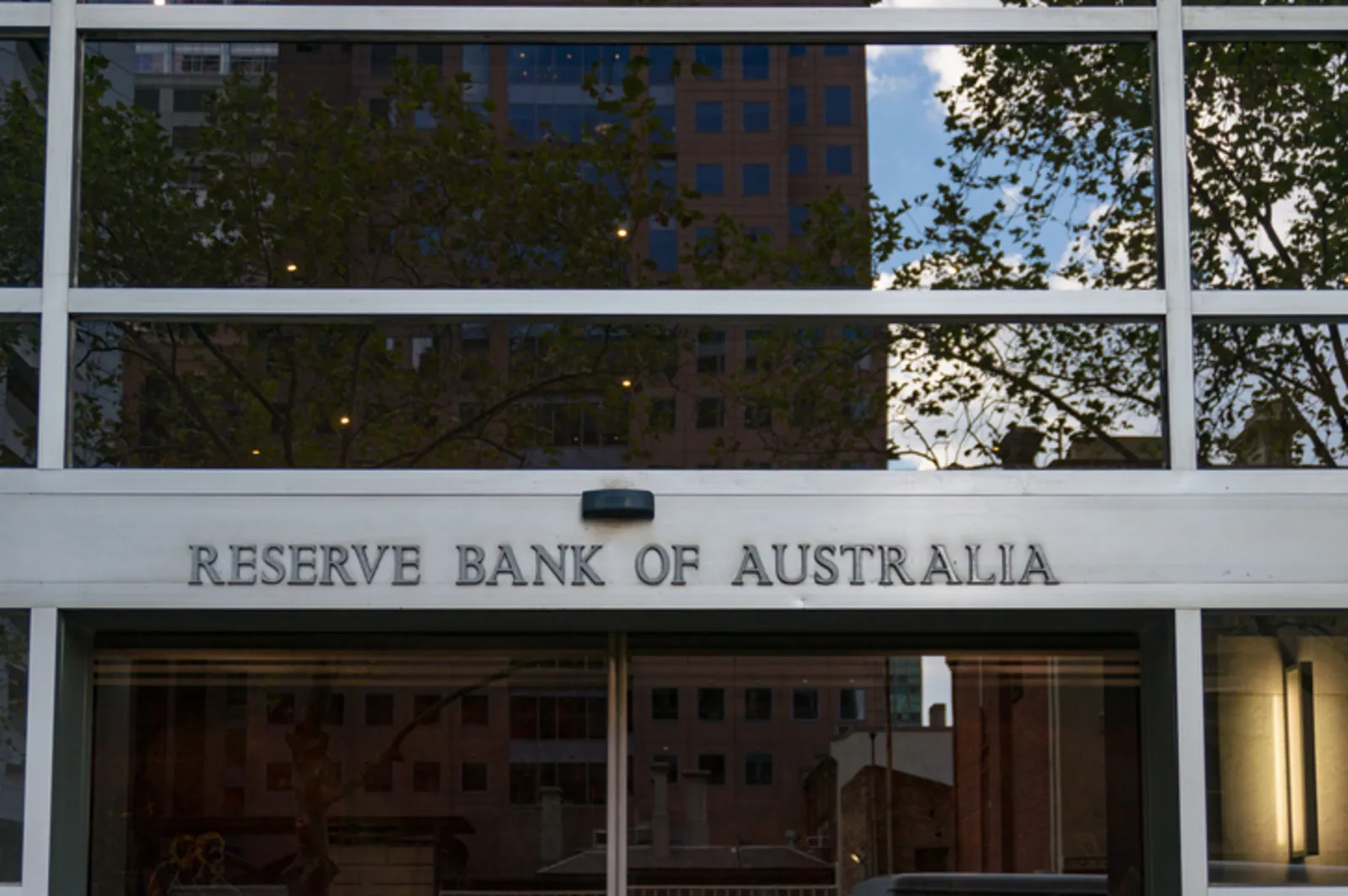
New Zealand’s central bank dropped interest rates to 4.75% last Wednesday after inflation returned to the nation’s target levels, building on similar moves already made in the US, the UK, and across Europe.
Australia continues to follow a different trajectory, with Reserve Bank governor Michele Bullock still asserting that she will not be swayed by other economies.
But why aren’t we doing the same as everyone else? Housing pressures in Australia have continued to increase over the past year, the labour market remains tight, and jobs growth and unemployment levels are erratic. While tight management from the RBA has helped ease headline inflation down to within the bank’s 2-3% target range, this is very recent, and the bank has warned that core inflation remains high.
“The Reserve Bank is trying to dampen domestic inflationary pressures,” PropTrack senior economist Paul Ryan explained. “By definition, domestic inflationary pressures are unique to Australia.”
While global supply shocks and international factors such as oil-price changes all influence inflation domestically, Mr Ryan said Ms Bullock is making the point that domestic interest rates will influence domestic demand.
“That’s what they’re trying to use as a tool to dampen it,” he said. “The other broader point is that global inflationary pressures do seem to matter – there is some degree of movement in inflation across the world and obviously there are also strong inflationary pressures everywhere, not just in Australia, which tells you that that global factors matter.”
The influence of global factors has started to have an impact in the Australian housing market, with many lenders including all four big banks having made cuts to fixed-rate products since the start of spring.
“That creates conversation,” Gold Coast-based Mortgage Choice broker Deslie Taylor said. “I feel as though the Reserve Bank is just erring on the edge of caution at the moment and just watching inflation rather than jumping too quick.”
Mistakes made in the past may also be causing the bank to adopt a more conservative approach to interest rate cuts, she added.
“The indication is that, yes, the rates will come down, but obviously the bank just wants to give it a little bit more time before they actually start to move anything,” Ms Taylor said.
She said moves from various banks on fixed rates are a clear sign variable home loan rates are also going to come down.
“It’s just a matter of when. I’m telling clients not to look into anything just yet and to be just that little bit more conservative. You don’t want to lock yourself into anything that could be to your financial disadvantage in the next 12 months.”
At the end of the day, Ms Taylor said Ms Bullock “is not going to be swayed”.
“It’s not about what anyone else is doing, it’s about what we need to do in our country,” she said.
“Ms Bullock is just being extremely conservative, and I think she wants to make sure that she’s dotting ‘i’s crossing ‘t’s and doing everything she can with her own due diligence here, and it’s all going to come down to inflation.”
The stable holding pattern the governor is after before rates can be dropped in Australia will be strongly determined by the Australian Bureau of Statistics’ next release of quarterly inflation data, which will come on 30 October.
“Part of the reason why market pricing expects interest rate cuts over the next kind of six months or so is because the market thinks those global factors are more important than the RBA does,” Mr Ryan said.
In its latest monetary policy board meeting minutes, published last week, the Reserve Bank said “not enough had changed” since its last meeting to warrant a rate cut.
The bank’s most recent statement said that inflation conditions had not eased in Australia in line with how they had in other advanced economies.
“That was consistent with the fact that policy rates in most other advanced economies had been increased earlier and to more restrictive levels than in Australia,” it read.
The minutes said the board’s members are “vigilant to upside risks to inflation” and that monetary policy will need to be restrictive until more inflation stability is seen.
“On the information available at the time of the meeting, that it was not possible to either rule in or rule out future changes in the cash rate target,” the minutes read.
Ms Taylor said she remained confident that rates would begin to come down when considering the position of other economies and moves already made by Australia’s banks.
“We know that they’re going to come down based on what our lenders are doing and ultimately, fixed rates are down,” she said.
Sourced from realestate.com




